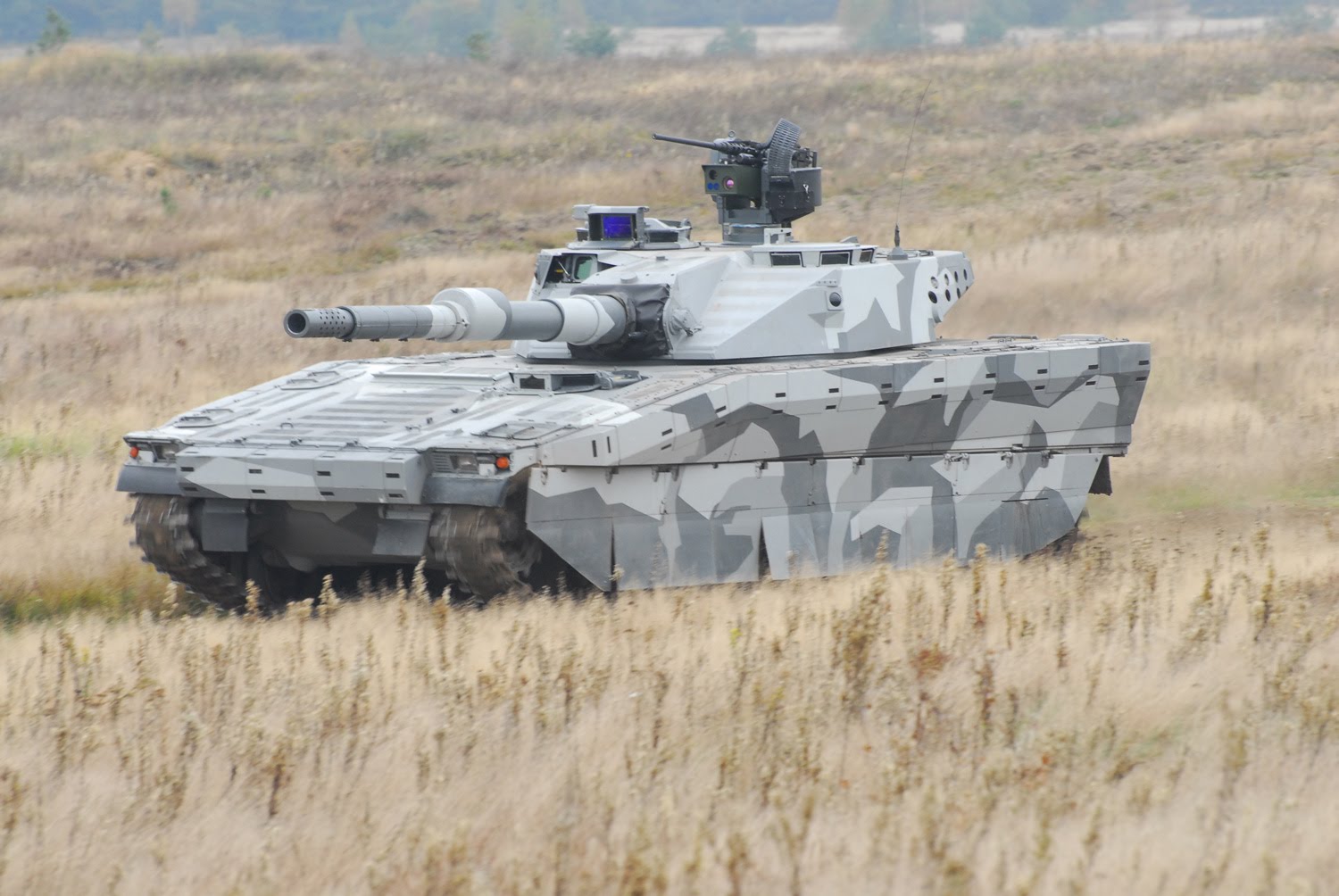

Congress and the Pentagon believe weapons are expensive enough without paying for something that may never be needed.

America’s defense industrial base is designed for peacetime efficiency, not mass wartime production, because maintaining unused capacity for mobilization is expensive. Here’s the basic problem: Major wars against peer competitors burn up weapons and munitions at a ferocious rate far beyond what the highly consolidated and fragile U.S. It is far easier to bask in warm memories of World War II than to face the harsh choices that mobilization preparation entails. government has not thought seriously about industrial mobilization. This state of affairs arises because the U.S. The Army, for example, would be armed primarily with infantry weapons with heavy firepower coming from gun trucks and a trickle of modern equipment acquired from struggling domestic production and whatever logisticians could scrounge up on the world market. armed forces down to something resembling the military of a regional power. In fact, after about nine months of intense peer conflict, attrition would grind the U.S.

Long wars require industrial mobilization, and when strategists and planners think of these things, they think of World War II and all that came with it: conversion of civilian industry to military use, mass production, a long buildup of forces, and, finally, well-equipped, massive armies that overwhelm opponents.īut a long war today would be totally different. Many observers - from Eliot Cohen to senior members of the Joint Staff to David Barno and Nora Bensahel - have warned about it. After a generation of absence, interest in long wars against peer adversaries has returned and with it, an interest in mobilization.


 0 kommentar(er)
0 kommentar(er)
